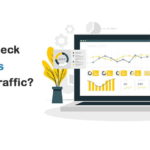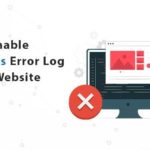While running a website nothing can be worse than a malicious user getting access to your website. Google blacklists a large no. of websites every week for one simple reason, either they have some kind of malware or they fall prey to a phishing attack. In present times, data breaches or hacking attacks are becoming more and more common. All these things can have a major negative impact on your website and its productivity. If you really want to be in the game for a longer time, make sure your website is completely secured.
Now you must have started wondering how to secure a website. In this blog, we are going to discuss the best security practices that you can use for WordPress and make your website secure. These security tips will definitely help you to protect your website against hackers and malware.
Security Tips for WordPress Users:
Running a business and a website to maintain its digital presence is a task daunting enough. To add to that, one big question that arises is, how to secure your website. Here are a few things that you can do to protect your website.
Use Security Plugins:
The best thing about using WordPress is, you have multiple plugins for every single purpose. When it comes to your website’s security also, you will have a lot of options to choose from. By installing a good security plugin, you can prevent any kind of malware attacks that can threaten your website. These plugins address all the possible security vulnerabilities and make your website secure.
A few good Website Security Plugins are:
- Sucuri
- iThemes Security Pro
- Jetpack
- WPScan
- Wordfence
- BulletProof Security
- All In One WP Security & Firewall
- Google Authenticator
Some of these plugins do not only close the security loopholes present in your website. They go way beyond that by providing regular monitoring to reduce the risk.
Install the Updates:
WordPress is an open-source platform supported by thousands of developers and designers. They keep it regularly maintained and updated. All the minor updates are installed automatically in WordPress but for major updates, you have to do it manually.
By keeping your website updated, you make sure that all the security vulnerabilities are removed from your website time to time. For a secure and stable website, you have to make sure that the WordPress core software, themes and plugins are always updated.
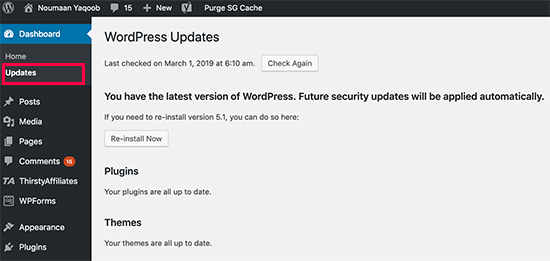
Use Strong Passwords and Set User Permissions:
No thought can be more terrifying than your password being stolen. The very first thing a hacker does to a website is, crack its password. Once that nefarious hacker gets access to your password, it becomes much easier to alter or wipe out your data. To prevent such types of attacks, you should always use a password that is unique and strong. It is not for WordPress dashboard only, but your FTP account, database, WordPress hosting account everything should have difficult passwords.
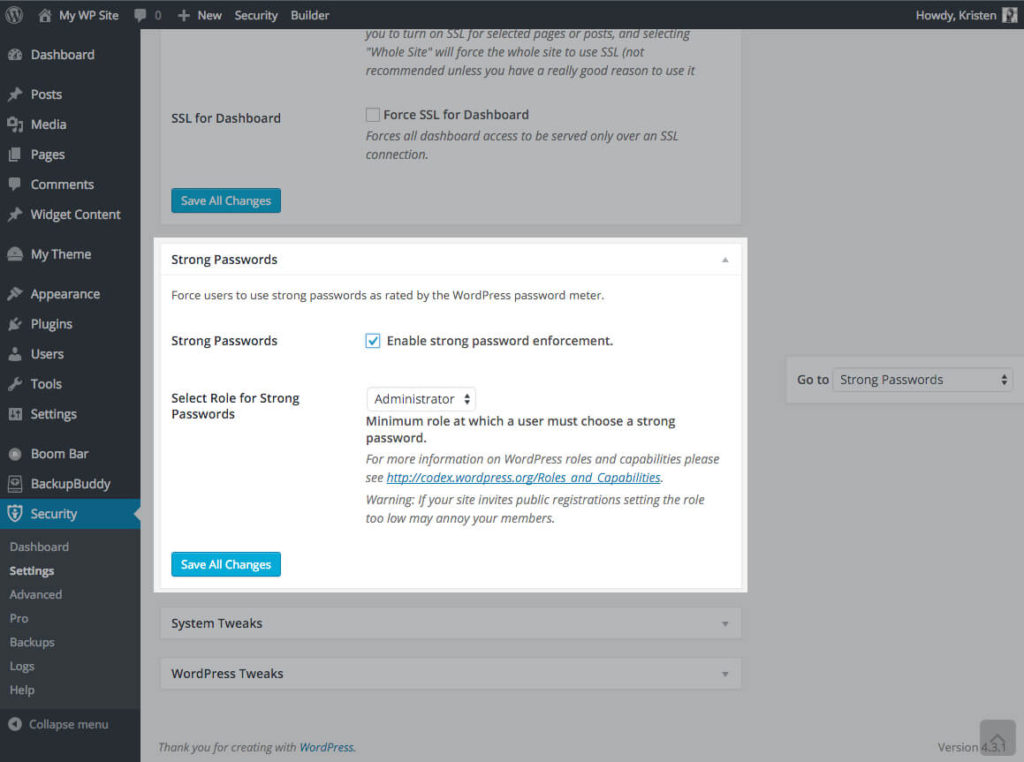
If you are thinking what will happen when you fail to remember so many difficult passwords then the good news is, there is no need to do so. Yes, you do not have to remember your passwords anymore. There are password management tools available that you can use.
Another factor that can increase the risk of your website falling prey to a hacking attack is user permissions. If you work with a large team then there can be situations when you have to give the access of your WordPress admin to multiple people. The solution for this is, do not give anyone access to your WordPress admin account. You can create different users and set their permissions according to the requirements.
Use a Backup Solution:
Backup is your first line of defense against any type of attack. The more we get digital, the more risk everything involves. After taking so many precautions there is a slight chance of your website getting hacked. If in such a case, you do not have a backup then you will be left with nothing. Taking regular backup allows you to restore your website in no time if something goes wrong.
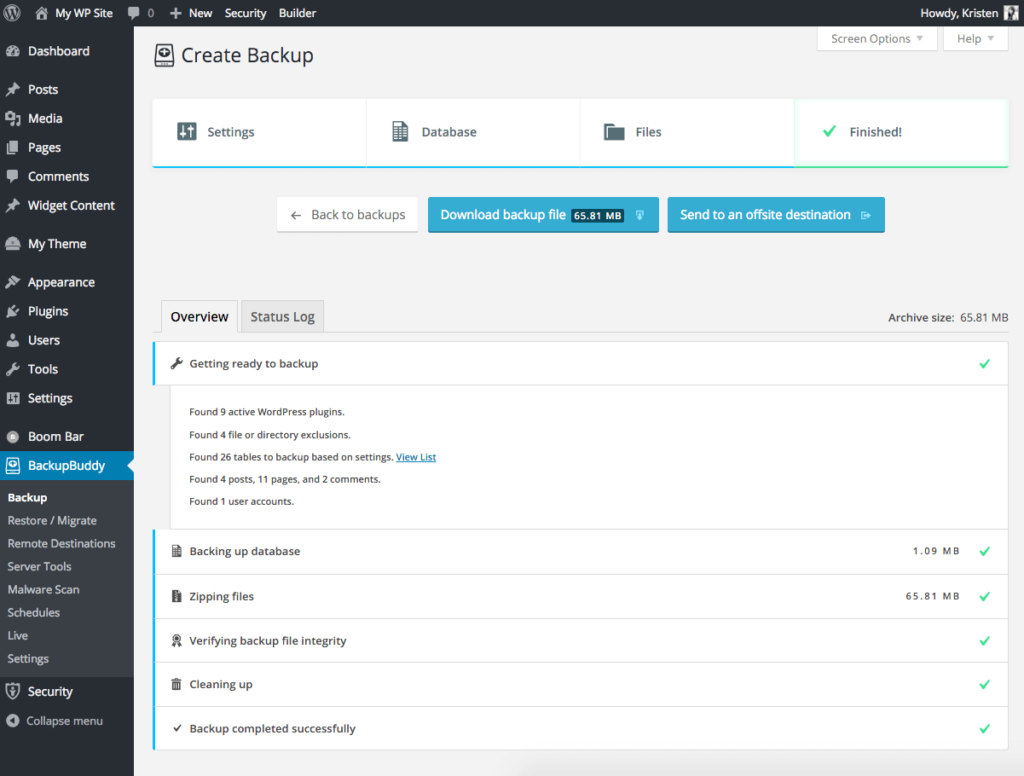
There are so many free and paid backup plugins available for WordPress. The most important thing that you should keep in mind is, regularly save full-site backups to a remote location instead of your hosting account.
Use Web Application Firewall:
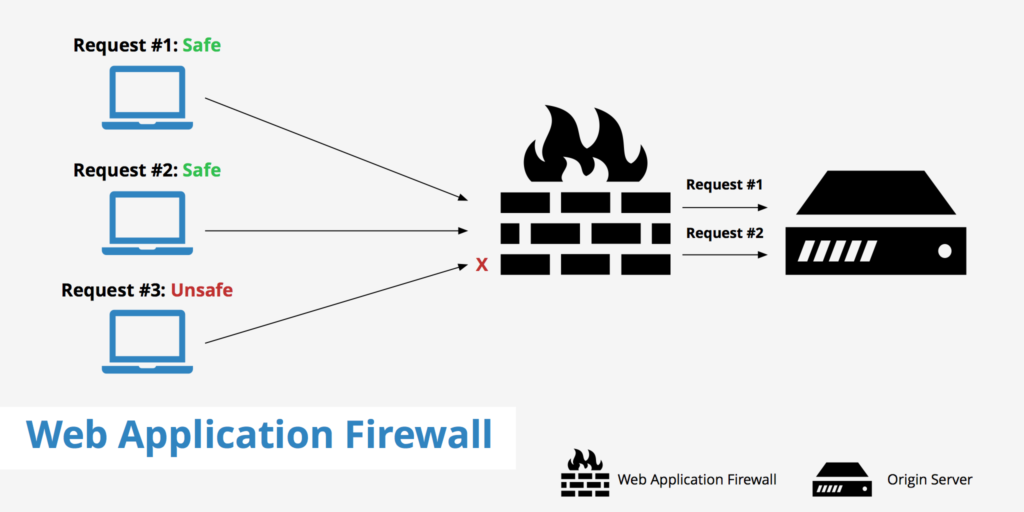
Using a Web Application Firewall is one of the easiest ways to protect your website against hacking attempts. A firewall helps to block all types of malicious traffic on your website. There are two types of firewalls:
- DNS Level Website Firewall: This type of firewall routes the entire traffic that comes to your website through the cloud proxy servers. This way only genuine traffic reaches your web server.
- Application Level Firewall: This type of firewall plugins checks the traffic after reaching your web server but before it loads WordPress scripts. Although this firewall is not as efficient as the DNS level firewall when it comes to reducing the server load.
Get an SSL Certificate:
SSL is a protocol which encrypts the entire process of data transfer between your website and users browser. This way, it becomes very difficult for hackers to steal information. If you want to make your website secure, you should always make sure that your website has an SSL certificate.
After enabling SSL, your website’s URL will include HTTPS instead of HTTP. You will also see a padlock sign next to the website’s URL in the address bar. This shows your users that they are browsing a safe website.
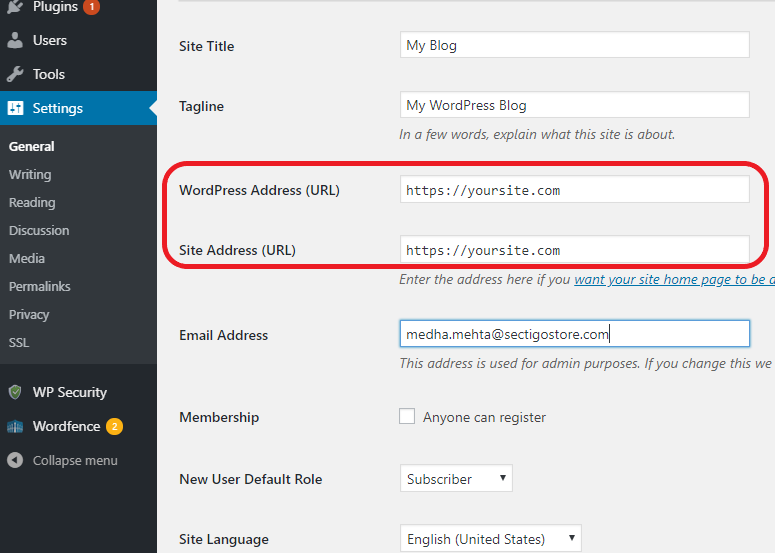
Disable File Editing:
WordPress comes with a built-in code editor using which you can edit your theme and plugin files effortlessly. For this, you do not have to go anywhere and make the changes right from the WordPress admin area. While this can be a feature that adds convenience, it also creates a security risk if a random person gets access to your admin area.
To disable file editing, you will have to edit the wp-config.php file and add the following code:
// Disallow file edit
define( ‘DISALLOW_FILE_EDIT’, true );
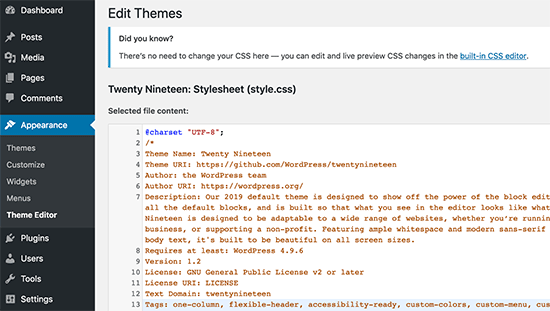
Limit Login Attempts:
By default, users can try logging in to their WordPress admin area as many times as they want. There is no limit on the no. of login attempts. If you leave the default settings as they are, it leaves your website vulnerable to brute force attacks. you can use the web application firewall on your website then it sets a limit on login attempts automatically.
If you are not using the firewall then you can set a limit on login attempts using the Login LockDown plugin.
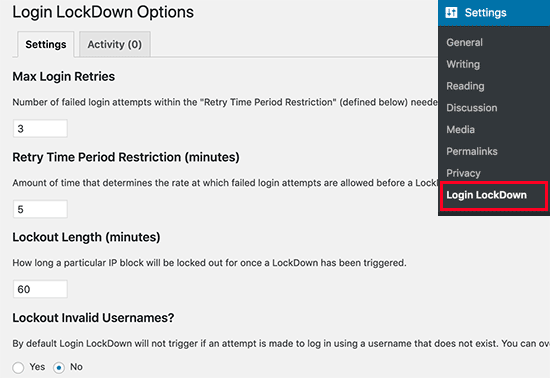
Wrapping Up!
Hopefully, this article has helped you to understand how you can make your website secure.
Still have some doubts about this? To get some expert advice you can Contact Us . Our team of WordPress experts will assist you with all your queries.
FAQs:
QA. Name a few good backup plugins for WordPress.
Ans. Some good backup plugins for WordPress are Updraftplus, VaultPress, BackupBuddy, BlogVault, BoldGrid Backup, BackWPup etc.
QA. What are two different types of Web Application Firewalls?
Ans. Two different types of Web Application Firewall are DNS Level Website Firewall and Application Level Firewall.
QA. Which firewall is more efficient?
Ans. When it comes to reducing the server load, DNS level firewall is more efficient as compared to application level firewall.
QA. Name a few good tools to manage passwords.
Ans. Roboform, Nordpass, Keeper, LogMeOnce are a few tools that you can use to manage your passwords.
QA. Is it possible to give different permissions to different users in WordPress?
Ans. Yes, you can set different user roles and set permissions differently for different users.

